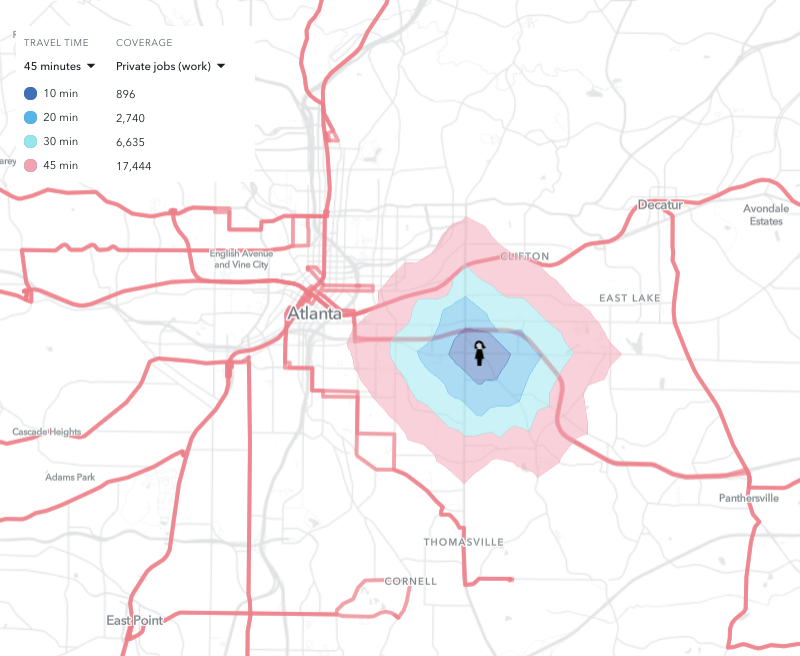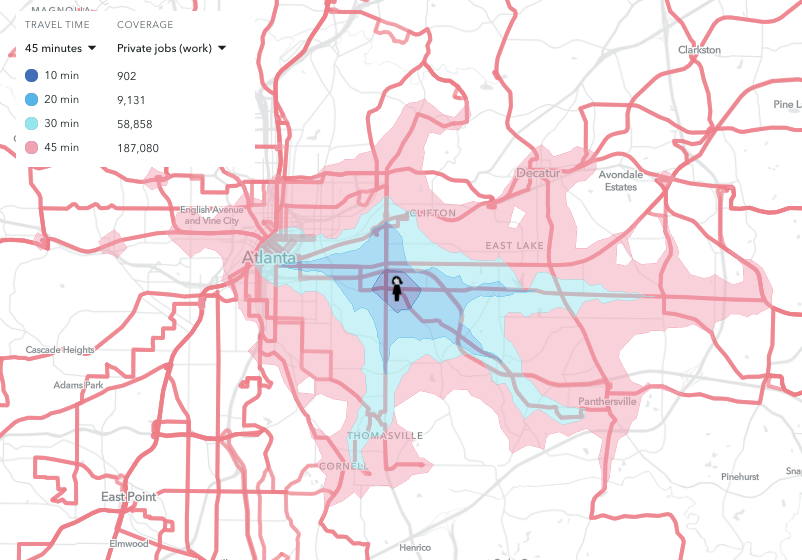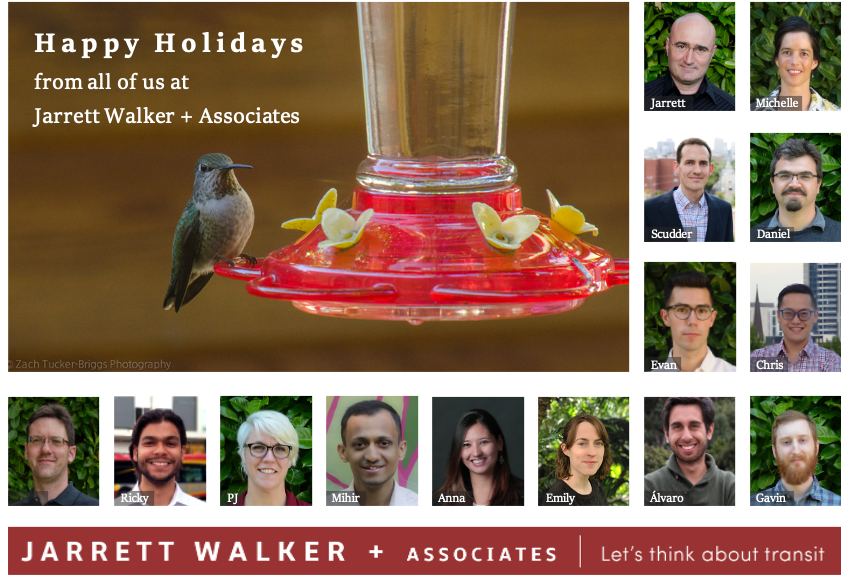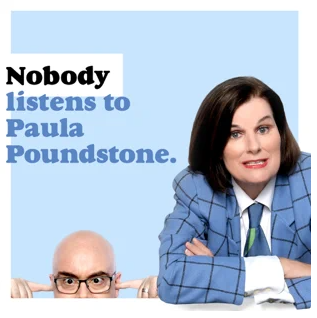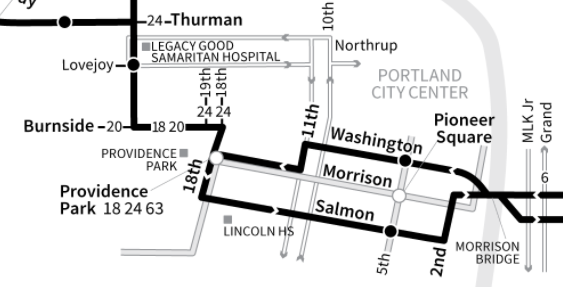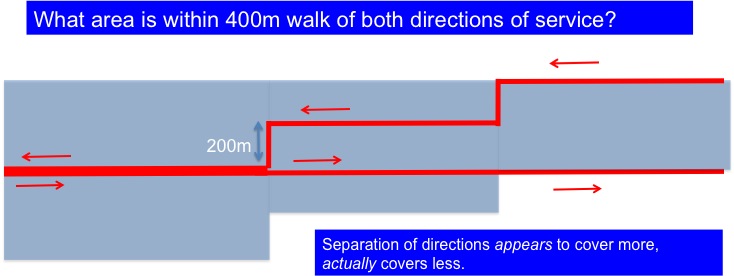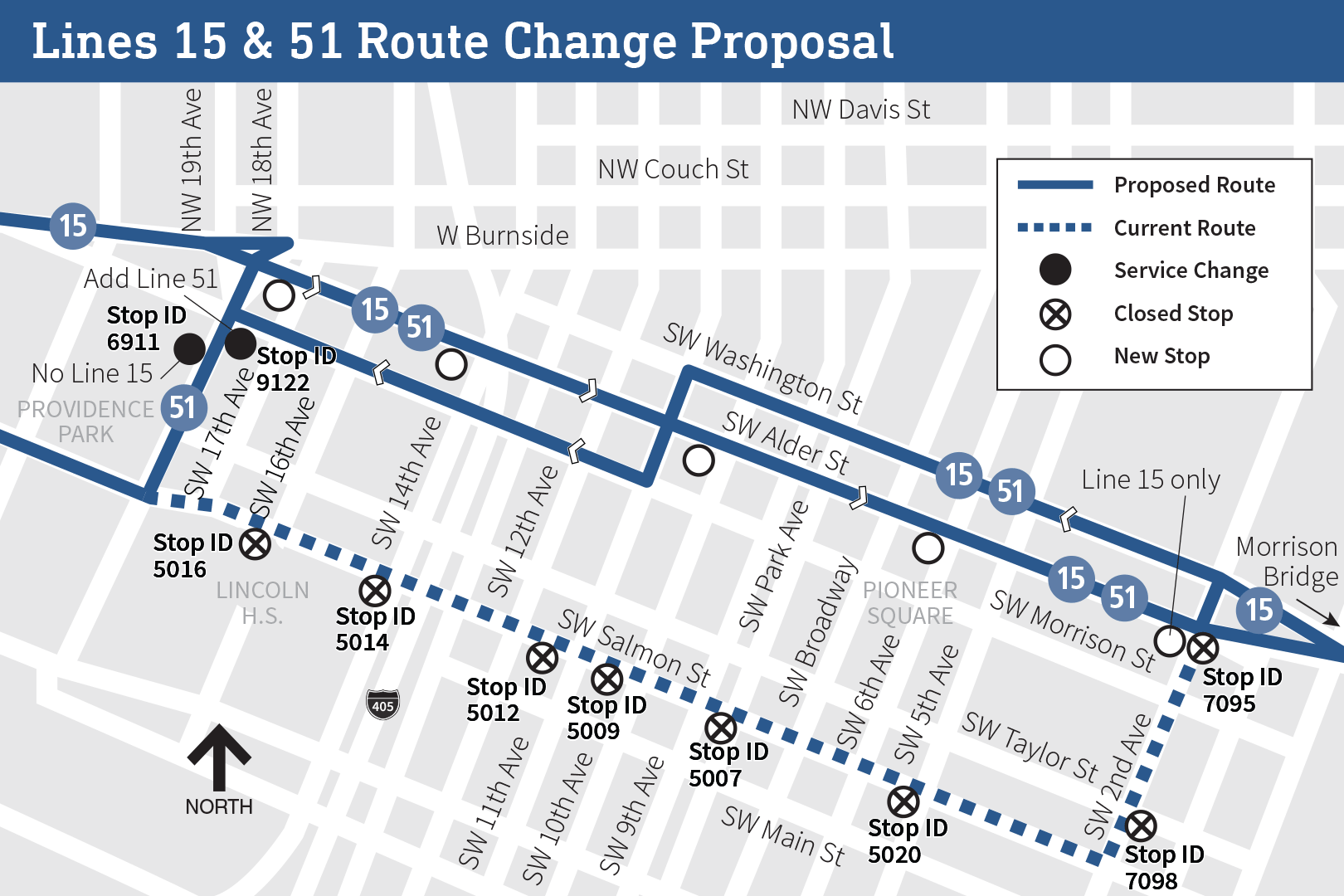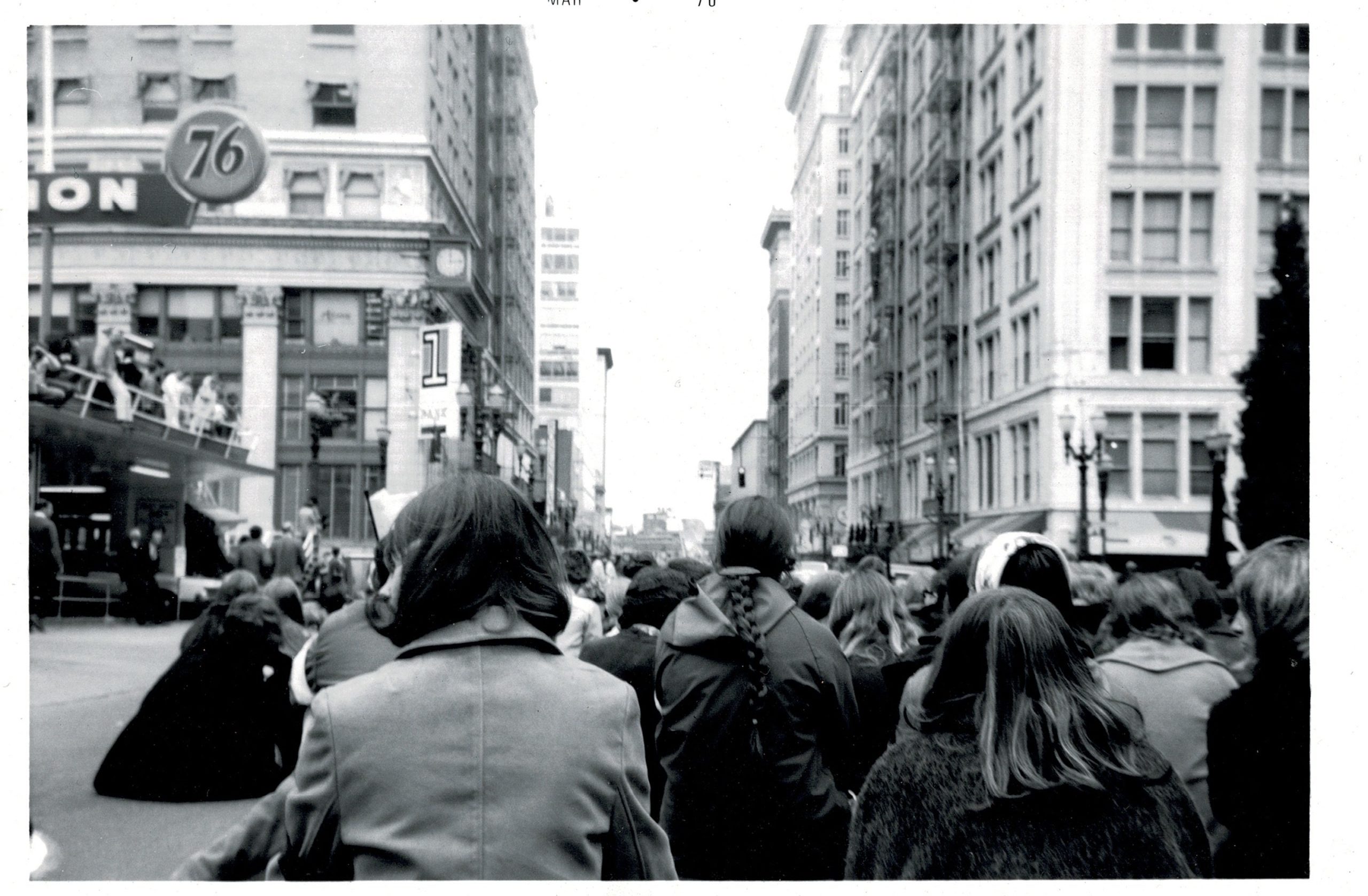TransitCenter has a new video and article with some powerful images saying what I say all the time: If you want to transform public transit for the better in the US, there’s useful infrastructure you could build, but the quickest and most effective thing you could do is just run a lot more buses.
(Remember, US activists: Don’t just envy Europe; start by envying Canada. The average Canadian city has higher ridership than the most comparable US city, not because they have nicer infrastructure or vastly better land use, but because they just run more transit.)
TransitCenter’s work uses access analysis to show what’s really at stake. Increasing bus service by 40% (an aspirational number that still wouldn’t match many Canadian peers) would massively expand where people could go, and thus what they could do.
For example, here’s how 40% more service would expand where someone could get to from a particular point in metro Atlanta. (The concentric colors mean where you could reach in 10, 20, 30, or 45 minutes, counting the walk, the wait, and the ride.)
With a 40% increase in service someone in this location can reach ten times the number of jobs in 45 minutes. (These analyses use jobs because we have the data, but this means a comparable growth in the opportunities for all kinds of other trips: shopping, errand, social, and so on. ) I would argue that someone at this location would be 10 times as free, because they would have 10 times more options to do anything that requires leaving home.
The transportation chatter in the new administration is about infrastructure, partly because there’s lots of private money to be made on building things, and because building things is exciting. But if you want to expand the possibility of people’s lives, and seriously address transport injustices that can be measured by this tool, don’t just fund infrastructure, fund operations. Just run more buses!
